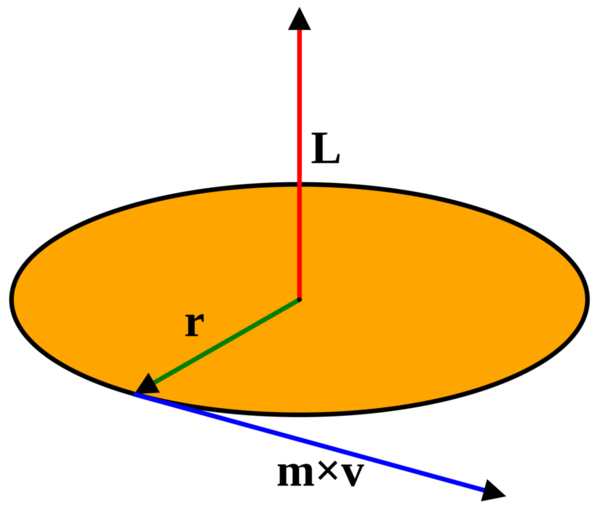I've noticed that there seems to be a direct correlation between size and exit speed. Looking at the numbers on PG and PBR confirms it. Which makes sense, more mass should lead to more power. I'm seeing a lot of 210 lb. kids hitting 92+ exit speeds but is this only because of their weight? In fact, I would be concerned if the bigger kid couldn't reach 92+. Its actually pretty easy to guess a high school players exit speed based on their height/weight combination.
So, what about Zepp Bat Speed at Impact? If a 175 lb kid with an 84 exit speed generates 20 or so more mph on his bat speed than the bigger boy, I feel his upside is better because he will increase his exit speed when he increases his mass ( like we all do ).
Case in point: I worked with two 2018 high school players a couple of weeks ago. One was 6'2" ( he says 6'3" ) 205 lbs, the other is 5'10" 160 lbs. The bigger boy was consistently hitting 86-88 exit, topped out 2 days later at a PBR event at 94. His Zepp impact was 78-82, not tested at PBR. The smaller boy was 79-82 exit, he topped at a past showcase at 84. However, his Zepp impact was 94-101 and has topped at 106 ( PG has top 2018 at 103 ). And two days later hit 2 balls out ( about 360 ft ) in a tournament.
Any ideas or theories? Just curious. I'm thinking that maybe an exit speed rating as a percentage of weight/height would be more telling. I know, I know, more numbers.


